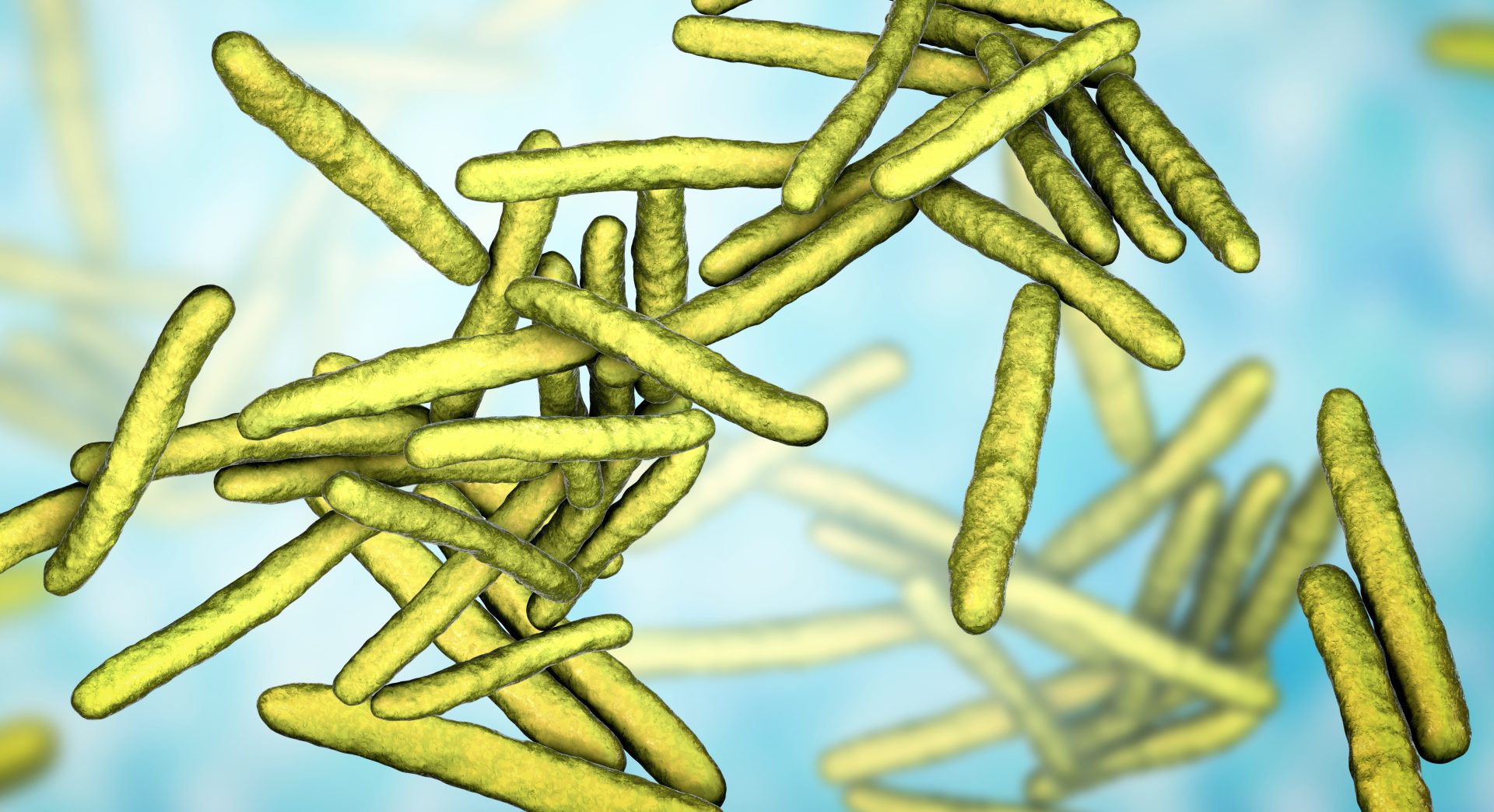
Kateryna Kon/Science Photo Library/Getty Images
In yet another blow against The Sunshine State, research suggests that Central Florida could be a potential hotspot for leprosy, aka Hansen’s disease.
In a new research letter published in the CDC’s Emerging Infectious Diseases journal, titled “Case Report of Leprosy in Central Florida,” the “gradual increase in the incidence of leprosy in the United States” is explored.
Specifically, the research letter hones in on “rising evidence that leprosy has become endemic in the southeastern United States.” Central Florida is recognized as a particularly noteworthy hotbed.
For context, leprosy is a bacterial condition that the World Health Organization (WHO) calls “an age-old disease.”
WHO notes that leprosy “predominantly affects the skin and peripheral nerves,” and it can “cause progressive and permanent disabilities.” People afflicted with the condition, formerly known as “lepers,” have historically faced discrimination, and myths continue to surround the disease.
Per the CDC, leprosy is treatable with antibiotics over a one-to-two-year period. If left untreated, however, the nerve damage can result in paralysis, disfigurement, and blindness.
Within the report, authors Aashni Bhukhan, Charles Dunn, and Rajiv Nathoo note that Central Florida accounts for 81% of the state’s reported leprosy cases. Nationally, nearly one-fifth of all reported cases are linked to the region.
As a result, the authors note, “Travel to Florida should be considered when conducting leprosy contact tracing in any state.”
Regarding the subject, it’s important to acknowledge that many of the cases “demonstrate no clear evidence of zoonotic exposure or traditionally known risk factors.” Some of these risk factors include “exposure to armadillos” and “prolonged contact with immigrants from leprosy-endemic countries.”
Ultimately, the authors note that the matter contributes to research highlighting Central Florida as “an endemic location for leprosy,” and this “warrant[s] further research.”
The letter ends by calling for better methods to “identify and reduce [the] spread of” the disease.”